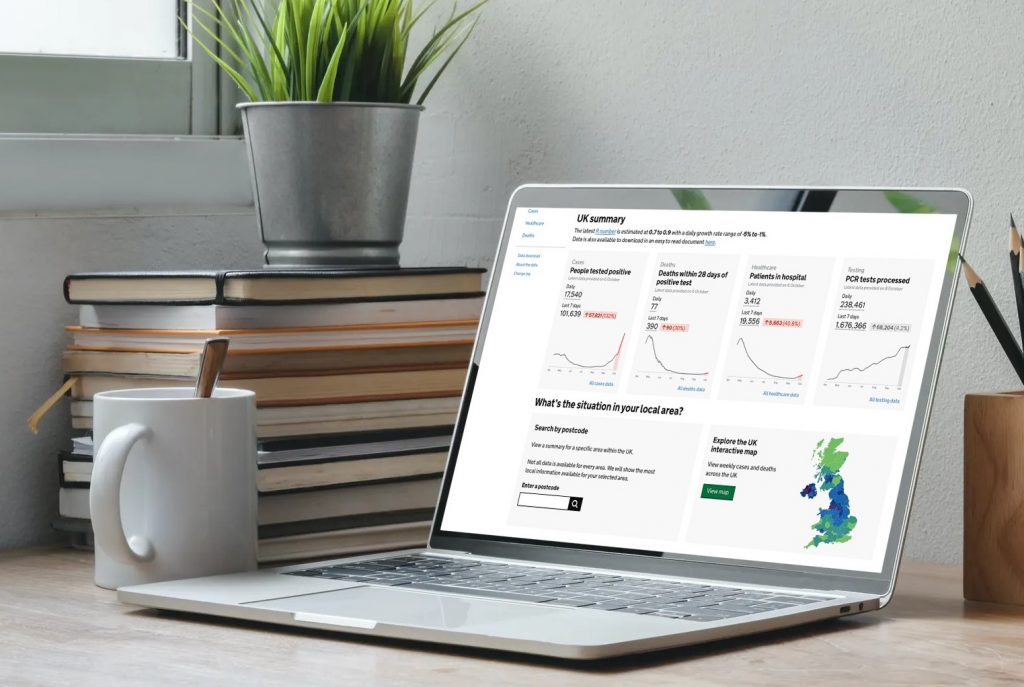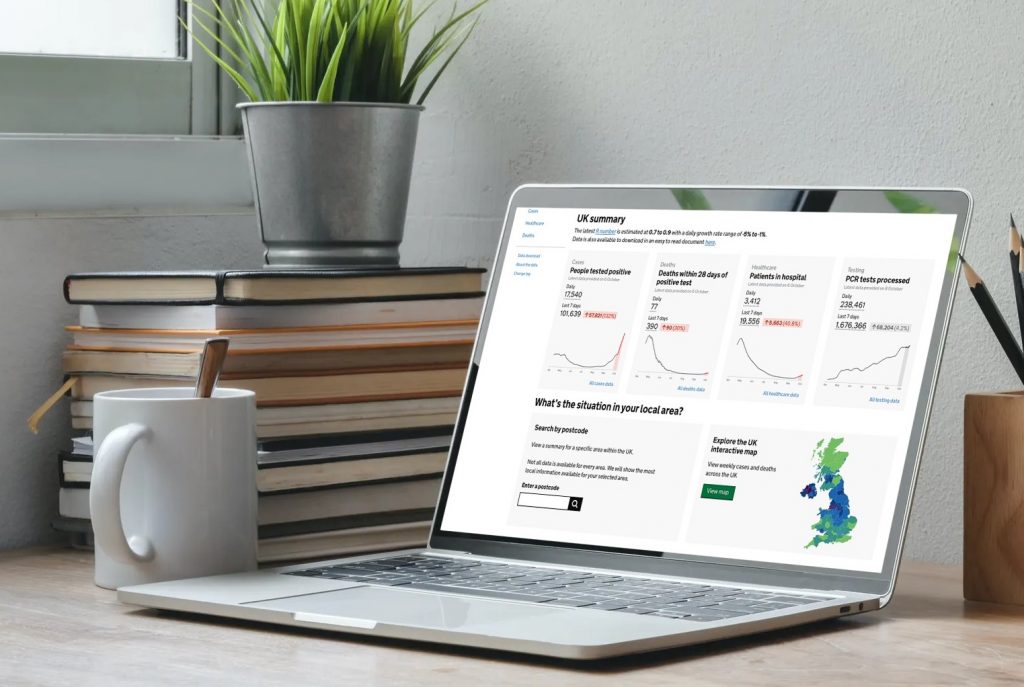Data blog
In 2017, the Keep Antibiotics Working campaign targeted groups who were most likely to use antibiotics (mothers of children aged 0-16, and people aged over 50), and healthcare professionals dealing with patient care and prescribing. In this blog post, we look at a peer-reviewed study investigating the impact of the campaign.
In this blog post, we will address some of the most common questions we've had from the public about the UKHSA data dashboard and how we will continue to develop it.
Changes to how we carry out and support COVID-19 testing mean that ‘Pillar 2’ testing data, which includes community LFD and PCR testing of both symptomatic and asymptomatic cases, will no longer provide the same volume of data; it will therefore not be the key component of our weekly reports, which will be dominated by ‘Pillar 1’ test results from the NHS.
Over the last two years the COVID-19 Dashboard has played a central role in managing the pandemic. This blog looks at the evolution of the dashboard, how the data features in our daily lives and why transparency is so important.
This post was published in 2021 and refers to the COVID-19 Dashboard UKHSA published at that time. The information is now of historic interest only. The current UKHSA Data Dashboard can be found here. Every day at 4pm the latest …
Public Health England has released provisional estimates of life expectancy at birth for 2020. Find out how the COVID-19 pandemic has impacted on levels of mortality and inequality in England in 2020.
When the PHE COVID-19 Dashboard first started back in March 2020, it was just a map and a few charts reporting four metrics on cases and deaths. One year on, read how the dashboard has evolved into the most important and reliable daily statistical publication in the UK.
Counting how many people have sadly died with COVID-19 is not straightforward. In this blog we look at how the measure of excess deaths can provide arguably the most comprehensive overview of the impact of the pandemic.
We’ve recently launched a refreshed COVID-19 dashboard design with some exciting new features. Read this blog to find out what we have changed and why.
Keeping the public and leaders across government and the health care sector informed about the progress of the coronavirus pandemic is a critical part of controlling the spread of infection. Find out how the COVID-19 dashboard is bringing all the essential data and statistics about COVID-19 in the UK together into one place.








